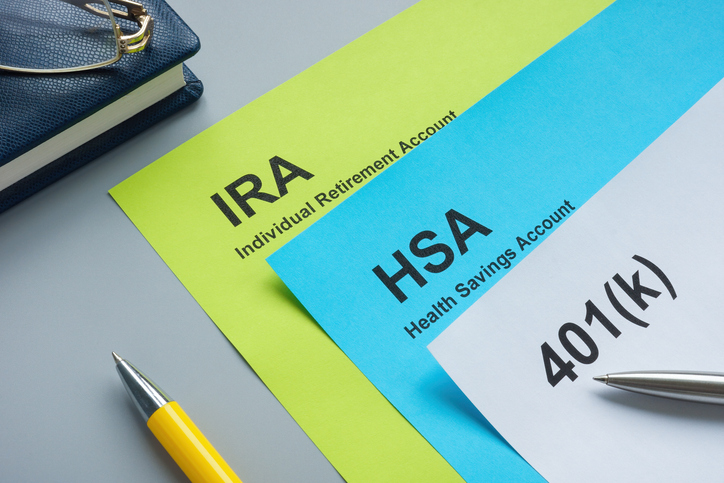The oldest voucher program in the nation is expanding to two southern Wisconsin counties now that Gov. Scott Walker (R) has signed the state budget. At least 22 schools have officially indicated interest in accepting voucher students this fall, and more plan to accept voucher students in fall 2012.
The 2011-2013 budget included a provision expanding the Milwaukee city voucher program to Milwaukee and Racine counties. The Milwaukee program, currently capped at 22,500 students, will no longer cap enrollment, and the Racine program will be capped at 250 students in the first year, 500 in the second, and uncapped in the third and following years. About 21,000 students attend Racine public schools.
“Wisconsin can once again be a national symbol of education excellence by empowering parents to make decisions regarding their children’s education through providing the opportunity to access quality public, private, and charter schools,” Walker’s press secretary, Cullen Werwie, said. “It is important that students and their achievements come before defending the educational status quo.”
Eligibility Broadened after Contentious Debate
Voucher recipients may take their education money to any state-accredited school they wish. The vouchers will be worth up to $6,442 and available to families at or below 300 percent of the federal poverty level. For a family of four, that’s an annual income of $66,150, an increase over the previous eligibility limit of $39,113 for the same family.
To receive a voucher, a student must have spent the past two semesters in a Wisconsin public school or be entering kindergarten, first grade, or ninth grade.
The state spends approximately $9,000 per pupil in traditional public schools. Last year, the Milwaukee city vouchers program saved the state about $50 million.
No Democrats voted for the budget—the legislative session teemed with raucous disputes over Walker’s agenda, including its limits to collective bargaining and requiring state employees, including teachers, to pay 5.8 percent toward their pensions and 12 percent of their healthcare benefits.
During negotiations, protestors chained themselves near the state capitol, shook pictures of Walker as Hitler and a “dead man,” and stood during committee meetings to shout over speakers until police hauled them away.
Community Response Positive
State representatives’ offices, however, have heard mostly positive feedback from voters in Racine and Milwaukee districts.
“That’s been in the media, but I haven’t taken any calls saying ‘I can’t believe you did this,'” said Kit Beyer, spokeswoman for Rep. Robin Vos.(R-Rochester), co-chair of the Joint Committee on Finance. Vos represents part of Racine.
“One woman was calling to thank us, saying her older child goes to a private school and she can’t wait to have that opportunity for her other children. We received a call today saying, ‘I want to write a letter to the editor because I’m so excited.'”
The response was similar from Sen. Alberta Darling’s (R-River Hills) office. Darling’s district includes part of Milwaukee, and Darling, a former teacher, chairs the Senate Finance Committee.
“We don’t hear too much about it,” said Spokesman Bob Delaporte. “People are used to the program, and I haven’t heard too many complaints.”
Saving Taxpayer Dollars
The 20-year history of Milwaukee’s voucher program demonstrates vouchers benefit taxpayers and public schools, says School Choice Wisconsin President Susan Mitchell.
“Graduation rates and test scores in Milwaukee have improved in the era of school choice, and there’s no reason to say that won’t happen in Racine,” she said.
The budget cuts $800 billion from K-12 education in a $66 billion budget to help close a $3.6 billion shortfall for the next two years. Sixty-seven of the state’s 424 school districts reported saving more than $140 million collectively because of Walker’s hard-won collective bargaining curbs for some state workers, including teachers.
“Districts in the state are able to absorb a considerable reduction in state aid because they took advantage of these [bargaining] tools and avoided major layoffs,” Mitchell said. “The budget can has been kicked down the road for a decade and can’t be avoided any longer without some more drastic consequences we’re seeing in other states. This was on a per capita basis one of the larger deficits in the country.”
Public School Funding Stable
In Wisconsin, when a public school loses a student, the school still receives state funding for the child for the next two years. The school loses a third of the child’s funding in the first year, two-thirds in the second year, and all in the third year. That, combined with the small test groups in the first two years for the Racine vouchers expansion, will likely make for an initially small impact on public schools, Delaporte said.
Despite losing 20 percent of its enrollment in the past decade, MPS’s budget is bigger than ever, and the district is not cutting jobs, said Jay Greene, head of the Education Reform Department at the University of Arkansas. Greene has studied Milwaukee’s vouchers several times.
“A number of studies still find a positive competitive response despite these protections,” Greene said. “It’s just not miraculous positive signs. But we shouldn’t be shocked about that because [Milwaukee’s public schools] haven’t faced the kind of pressure that would necessitate a response.”
Students in the Milwaukee vouchers program are 18 percent more likely to graduate high school. Various studies of the program have shown small reading and mathematics gains for both Milwaukee choice and public school students as a result of the program. Seventy-one percent of Milwaukee parents approve of vouchers, and 53 percent support offering them to all Milwaukee students.
Image of Walker by WisPolitics.com.





